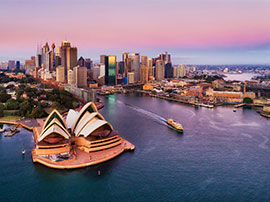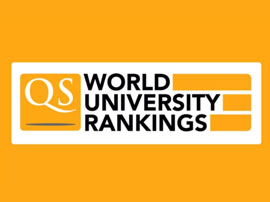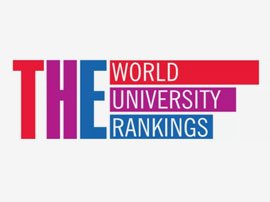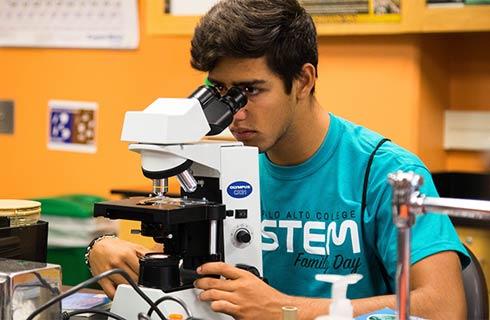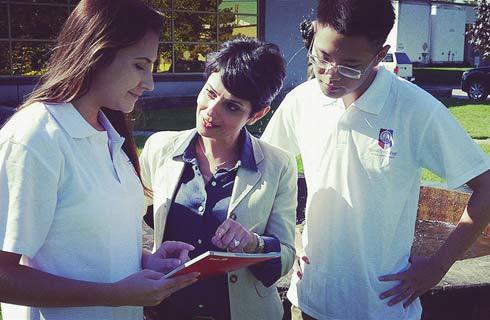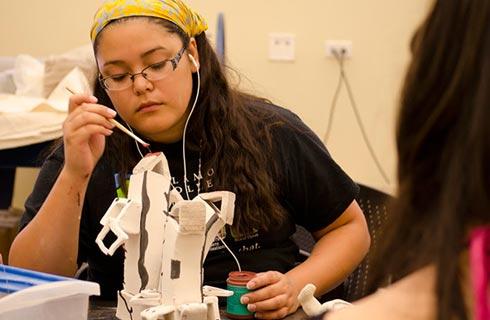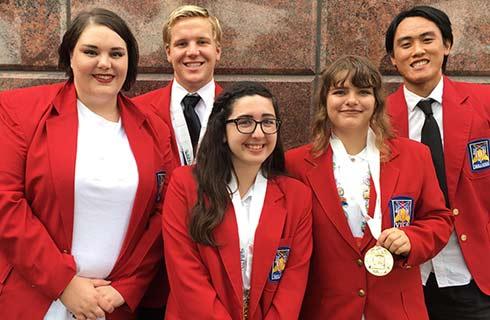美术硕士-陶瓷
Master of Fine Arts in Art - Ceramics

学历文凭
Masters Degree

专业院系
College of Communication and Fine Arts

开学时间

课程时长

课程学费

国际学生入学条件
Baccalaureate Degree: The applicant must provide an official transcript showing that a bachelor’s degree was awarded by an accredited college or university. If you are a UofM undergraduate student applying to Graduate School at UofM, you do not need to request that an official transcript be sent to Graduate Admissions. This office has access to your transcript. In addition, transcripts from any other college or university attended may be requested. Only transcripts received directly from an issuing institution are considered official. Personal copies are not acceptable as official documents.
GPA: The applicant must have earned an acceptable grade point average, typically a minimum of 2.5 on a scale of 4.0, but departments may make exceptions for students whose overall GPA does not adequately reflect their ability to succeed in their chosen field.
English proficiency test scores accepted by the University:
- Duolingo English Test-110 or higher on the overall score.
- TOEFL (Test of English as a Foreign Language) 550 or higher on the paper version, 80 or higher on the internet-based test
- IELTS (International English Language Testing System)- 6.5 or higher
- PTE (Pearson Test of English) - 59 or higher
IDP—雅思考试联合主办方

雅思考试总分
6.0
- 雅思总分:6
- 托福网考总分:79
- 托福笔试总分:550
- 其他语言考试:PTE (Pearson Test of English) - 53 or higher
CRICOS代码:
申请截止日期: 请与IDP联系 以获取详细信息。
课程简介
In the ceramics concentration, students focus on advancing their technical skills, artistic vision, and conceptual understanding within the field of ceramics. Building upon their foundational knowledge from undergraduate studies, students engage in a rigorous exploration of ceramic materials, techniques, and artistic expression.<br>Technical proficiency is a key focus of the program. Students refine their knowledge of ceramic materials, glazes, kiln firing processes, and surface treatments. They experiment with different clay bodies and firing techniques, expanding their understanding of the material possibilities and pushing the boundaries of traditional ceramic practices. Through hands-on work in the studio, students develop a mastery of throwing, handbuilding, mold-making, glazing, and other ceramic techniques.<br>Conceptual development and artistic exploration are equally important. Students are encouraged to develop their own artistic voice and conceptual framework within the medium of ceramics. They explore various themes, narratives, and aesthetic concepts, and experiment with unconventional approaches to clay as a sculptural material. They investigate the relationship between form, surface, texture, and function, and explore innovative approaches to ceramic art that challenge traditional boundaries.<br>The program incorporates critical discourse and theoretical studies. Students engage in critical analysis of contemporary ceramic art and explore relevant theoretical frameworks that inform their artistic practice. They examine historical and cultural contexts of ceramics, contemporary debates, and the socio-political implications of ceramic art, deepening their understanding of the field and its broader significance.<br>Collaborative opportunities and interdisciplinary approaches are encouraged within the program. Students engage in collaborations with artists from other disciplines or explore the integration of ceramics with other media, such as sculpture, installation, performance, or digital technologies. These experiences broaden students' perspectives, foster interdisciplinary thinking, and encourage experimentation beyond traditional ceramic practices.
相关申请
 预科
预科 奖学金
奖学金 实习机会
实习机会 在校学习
在校学习 跨境学习
跨境学习 校园授课-线上开始
校园授课-线上开始 在线/远程学习
在线/远程学习
开学时间&学费
学费信息仅供参考,请与IDP联系以获取详细信息
| 开学时间 | 时长 | 学费 | 地点 |
|---|
本校相关课程
其他相关课程
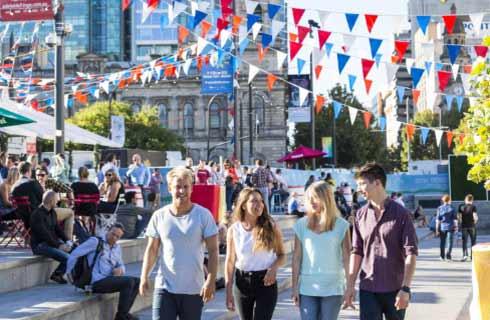
Bachelor of Fine Arts in Art - Sculpture Intermedia
 犹他大学
犹他大学泰晤士高等教育世界大学排名:246
学历文凭
Bachelor Degree
开学日期
课程费用总额

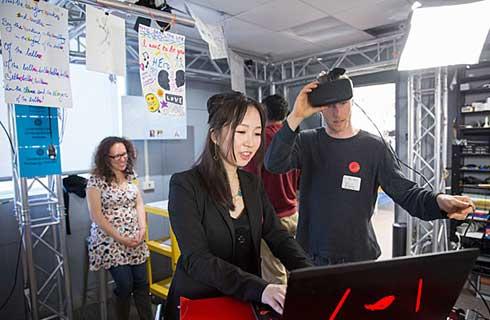
Bachelor of Fine Arts in Design and Technology
 北伊利诺伊大学
北伊利诺伊大学泰晤士高等教育世界大学排名:910
学历文凭
Bachelor Degree
开学日期
课程费用总额


美术副学士-美术工作室
 特拉华社区学院
特拉华社区学院学历文凭
Associate Degree
开学日期
课程费用总额


Bachelor of Fine Arts in Studio Art
 西肯塔基大学
西肯塔基大学学历文凭
Bachelor Degree
开学日期
课程费用总额

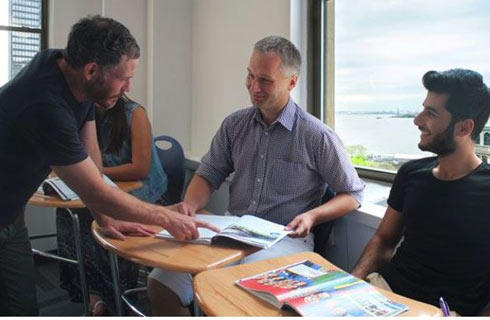
Master of Fine Arts - Sculpture
 科罗拉多州立大学
科罗拉多州立大学学历文凭
Masters Degree
开学日期
课程费用总额

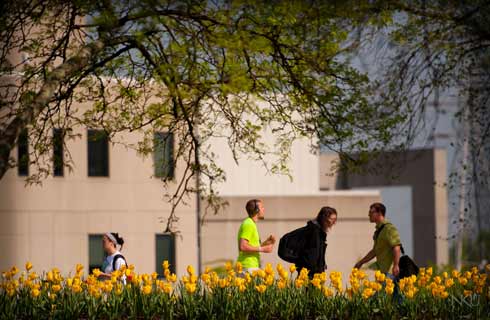
Master of Fine Arts in Art Studio - Art and Ecology
 新墨西哥大学
新墨西哥大学学历文凭
Masters Degree
开学日期
课程费用总额



